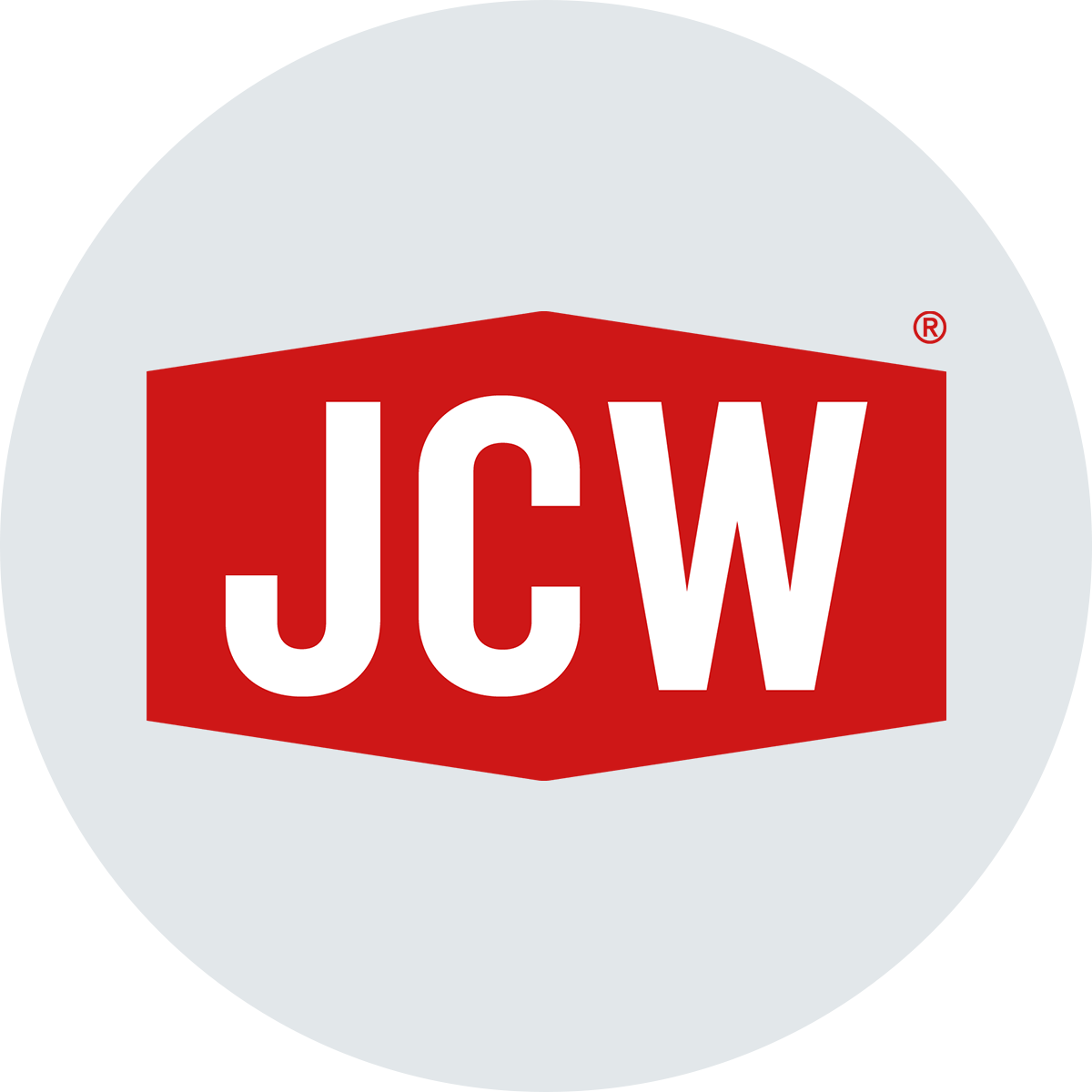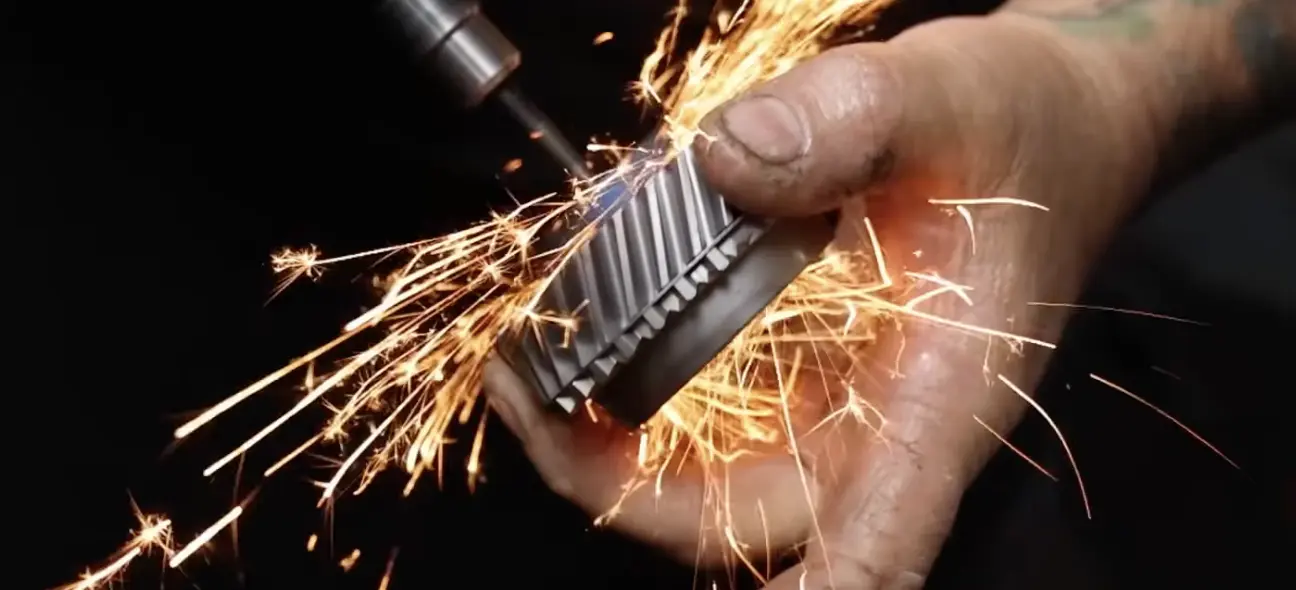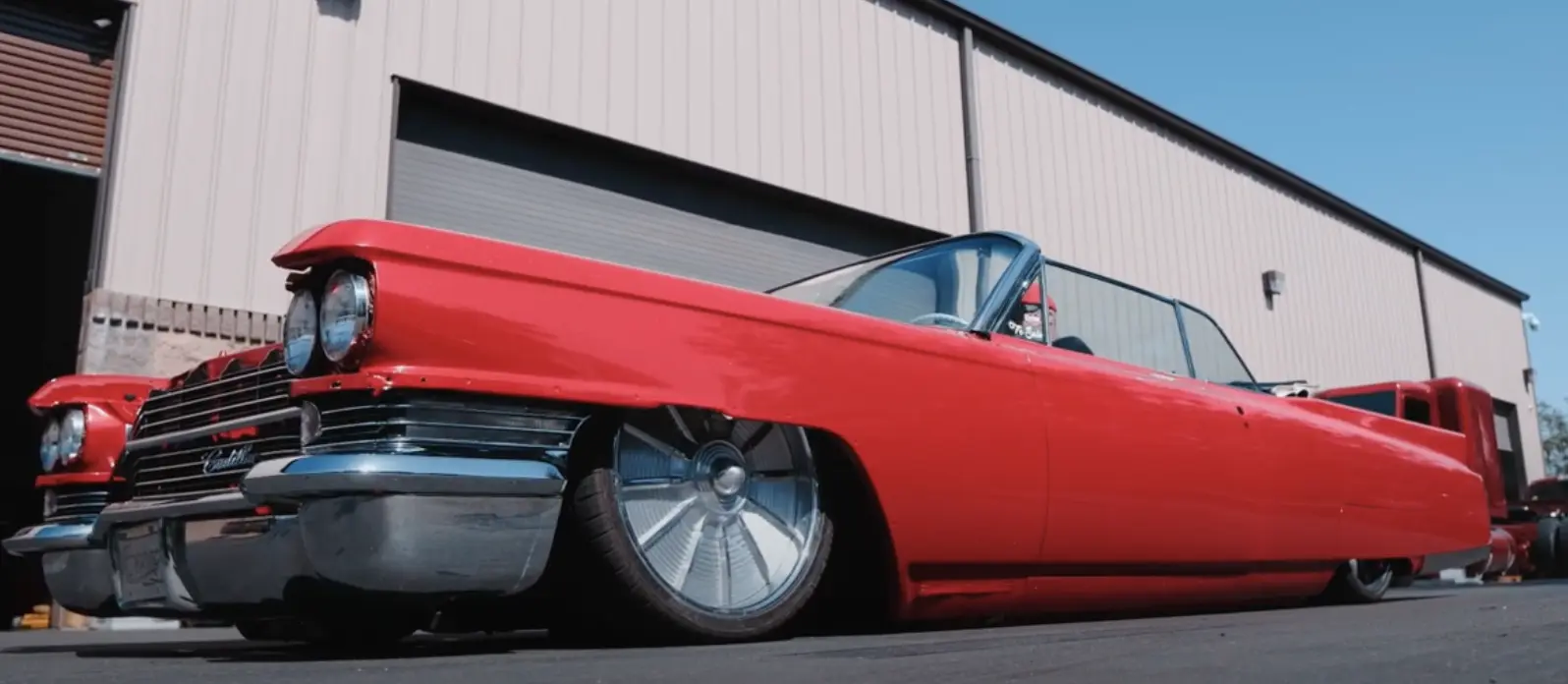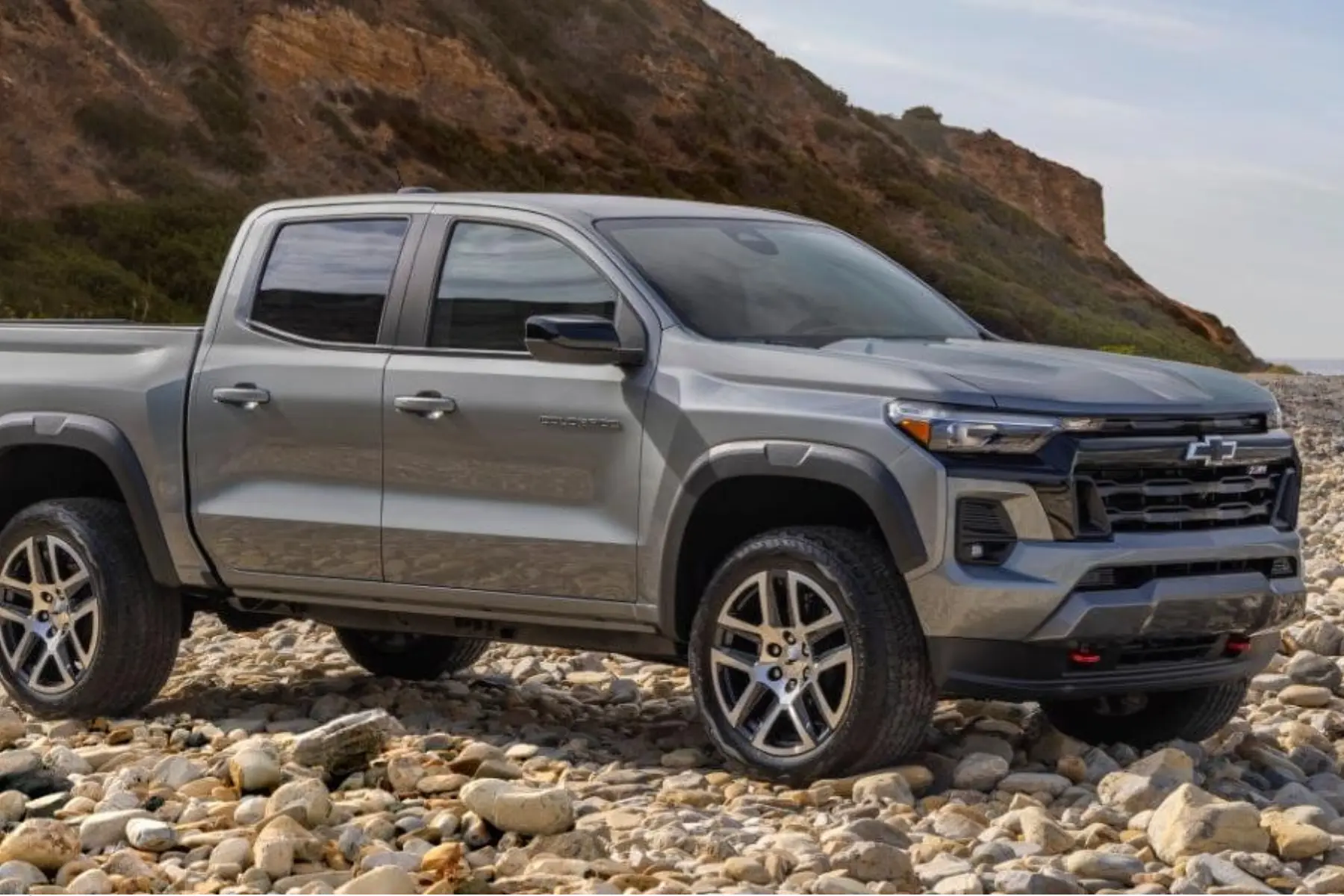“On the Road” is a podcast produced by JC Whitney. Every other Thursday we bring you interviews with a cavalcade of figures from across the world all united by one thing: their undying love of all things automotive. The following has been edited for length and clarity.
John Larson, the founder of OLDPL8S.com, dives into his passion for breathing new life into vintage California license plates and classic cars. He breaks down how his website caters to the “Year of Manufacture” program, giving classic car owners the chance to find the perfect plates to match their car’s year. John also takes us through his meticulous restoration process and shares his journey into the world of car restoration. Plus, he chats about how the internet has become an invaluable tool for car enthusiasts everywhere.
Angel Sala-Belen: Hello and welcome to JC Whitney’s “On the Road”. I’m your host, Angel Sala-Belen, and today we are joined by John Larson. He is the founder of OLDPL8S.com, and he also has a restoring hobby on the side. John, I understand that you have OLDPL8S.com, which is an assortment of vintage California license plates that you put online and sell to people around the world. You also have links on your website showcasing mint-condition vintage cars from various eras, along with old gas stations from the industrial period through the modern era. How did you get into all of that?
John Larson: Well, I’ve always liked old cars. When I go to swap meets for cars, I pick up some old license plates and then tried my hand at restoring them. It took a while to learn the different techniques, but I finally got halfway decent at it. I also learned how to do web coding at work, so I created the site and put the plates up there. Initially, it was just to showcase some examples so people could see what’s out there for each year. Eventually, I had enough to start selling them.
In California, there’s something called the “Year of Manufacture” program. If you have a set of plates, and nobody else is using those numbers, and it matches the year of your car—like 1932 plates for a 1932 car—then you can register your car with those plates. This way, you don’t have to drive around with modern plates, and the whole car looks more complete. The program starts with 1914, which is the first year California issued plates, and it goes up through 1980. So, if you have a car, truck, motorcycle, or trailer from between 1914 and 1980, you can register it with old plates. That’s what I have on the website.
Angel Sala-Belen: Do you know if that program was geared toward keeping the nostalgia of the cars intact, or was it for a government reason?
John Larson: No, they started the program about 30 years ago. There were people saying, “Hey, I have an old car, and it spoils the look to have new license plates when everything else is as original as possible.” So, thankfully, California said, “Okay, if you have some old plates, and nobody else has those numbers—because some numbers were reused in later years—you can put them on your car.” That’s what I provide.
Angel Sala-Belen: Where and when did all of this come into fruition? I know you mentioned starting the website.
John Larson: It’s been about 20 years now.
Angel Sala-Belen: Within those 20 years, do you have anything in your collection that’s especially rare or that you’re most proud of?
John Larson: Prior to California issuing plates in 1914, the state would give you the numbers, and you’d go down to your hardware store to get a kit. It came with a piece of tin and house numbers that you would attach individually. They call those “pre-state” plates because they were issued before the state started providing plates. I have a few pre-state plates. The Auto Club also issued plates made out of porcelain, and those are highly desired and sought after.
Angel Sala-Belen: Where would you like to see your website, OLDPL8S.com, move into in the future?
John Larson: The content is based on examples of each plate I have for sale, so it’s probably not going to change too much in terms of content. It’d be nice to get a little higher in the Google search rankings, but it is what it is. People can go out, see the pictures of the actual plates I have for sale, and contact me to make arrangements.
Angel Sala-Belen: Any plans to maybe expand into other states? Are there any other states in the plate game?
John Larson: No, I don’t know about the other states. There are 50 states—that’s a lot. California plates are by far the most valuable.
Angel Sala-Belen: Do we have any close runner-ups? New York, maybe?
John Larson: It’s funny you mention New York. Some years are real popular, especially in the late ’40s and early ’50s with cars like Mercuries. A set of plates for a 1949 car in California might run you around $600, but I had a set of 1949 New York plates that I bought for $30 and sold for $30. The market varies wildly from state to state. I don’t even know if New York has a program that allows you to put old plates on your car, which would affect the value. But yeah, I have enough to deal with in California without getting into other states.
Angel Sala-Belen: I hear you. Do you have a defining moment in a car that shaped you in an inspiring way?
John Larson: My dad was in construction when I was a kid, and he had old equipment—World War II surplus equipment like GI trucks and things. He would go down to the yard where they kept the equipment, and while he was talking to the guy that ran the yard, I would climb into the oldest truck possible and pretend I was driving it. So, probably at 5 years old, I got the bug for old cars. The smell of those old trucks—the horsehair in the seats, the grease, everything—still brings back memories to this day.
Angel Sala-Belen: Yeah, that’s cool. I think I remember trucks from that era being manufactured by a company that’s no longer around—AMC, American Motor Company. Was that an AMC?
John Larson: There were a variety of different truck brands back then. My dad had International trucks—they don’t make those anymore, I think. He also had Jimmy trucks, which were used in World War II as troop carriers, and he would turn them into water trucks and dump trucks.
Angel Sala-Belen: Were those also known as “Deuce and a Half”?
John Larson: Yeah, they might have been, but I don’t think they were quite that big. It’s funny—those trucks had 170 cubic inch motors, and I don’t know how they managed to haul troops, water, and everything else. But they were geared really low, and they worked.
Angel Sala-Belen: John, how can people stay up to date with what you’re doing at OLDPL8S.com and get in contact with you online?
John Larson: There’s contact info on the website. People can email me—just go to OLDPL8S.com. I don’t have a shopping cart or anything because I like to talk to the people first. I want to make sure it’s really going to work for their car. For example, if someone buys a kit car and says, “Hey, I bought a 1957 Porsche 356 Speedster,” I’ll ask, “What does it say on the title?” If it says 1980 Volkswagen, because that’s what it’s built off of, then as far as the DMV is concerned, it’s not a ‘56 Speedster. I like to make sure that when I sell them something, it’s going to work for their car.
Angel Sala-Belen: Where did you learn how to restore these plates, and can you walk me through the process?
John Larson: So, basically, for plates, the first thing you’ve got to do is clean them up—get all the crud off like rust, paint, dirt, and grease. Then, you start to straighten the metal. I have a little anvil and small hammers, and you just bang on it and try to tap it back into shape. If it’s got cracks, you have to fix those, fill in the pits, and patch any holes.
Angel Sala-Belen: So, you’re basically Bondo-ing the plates, sanding them down, and recovering them?
John Larson: As little as possible. I’m getting pretty good at the metalwork, so after I’m done pounding on it, it’s almost ready to paint. I only need to apply a very light skim coat or some kind of filler.
Angel Sala-Belen: Now, do your customers prefer the more vintage look with a patina, or do they want something that looks fresh?
John Larson: Most of what I do is restored and fresh. People usually want the finish on the plate to match the finish on their car. It looks odd if you have an old car with a lot of patina and brand-new plates—or vice versa. But most people I deal with have restored their cars, so they want the plates to look fresh.
Angel Sala-Belen: How did you get into restoring cars, and do you have a favorite car out of your collection?
John Larson: I got into restoring cars because, when you own an old car, there aren’t many people who can work on it, and that number is getting smaller and smaller. The shops I used to go to for things beyond my skill level are closing down, so out of necessity, you have to do it yourself. There’s a certain satisfaction in doing it yourself, though there have been times I’ve started something and wished I hadn’t. I’ve had to button it back up and take it to someone who knows what they’re doing.
Angel Sala-Belen: The links on your page with the tutorials—did you provide those?
John Larson: Yes, the tutorial is for my Nash Metropolitan. I wanted to help others with common repairs, like how to change the rear end or similar tasks. So, I took pictures along the way and posted them online so others could reference them. I’ve gotten a lot of help from others, too. That’s the great thing about the internet—if you’re stumped, you can go into a chat room and ask, “Hey, how do I get this bolt off?” Within half an hour, someone will respond with the solution. Then I can go back out and work on it again.
Angel Sala-Belen: Yeah, when people debate whether the internet is good or bad, I point to the fact that I can work on my own car thanks to the internet. That’s enough to justify its value for me.
John Larson: In the old days, you’d have to write a letter and wait a week for a response. Now, you can go online and find a tutorial on how to change a window regulator on a Mazda, and someone will be showing you exactly how to do it. It’s really helpful, especially for newer cars. For older cars, you can find specialized websites or join clubs that have the parts and the knowledge you need.
Angel Sala-Belen: For our viewers out there, if you want to get a vintage old plate for your restored or patina car, head over to OLDPL8S.com and reach out to John. He’ll hook you up!





